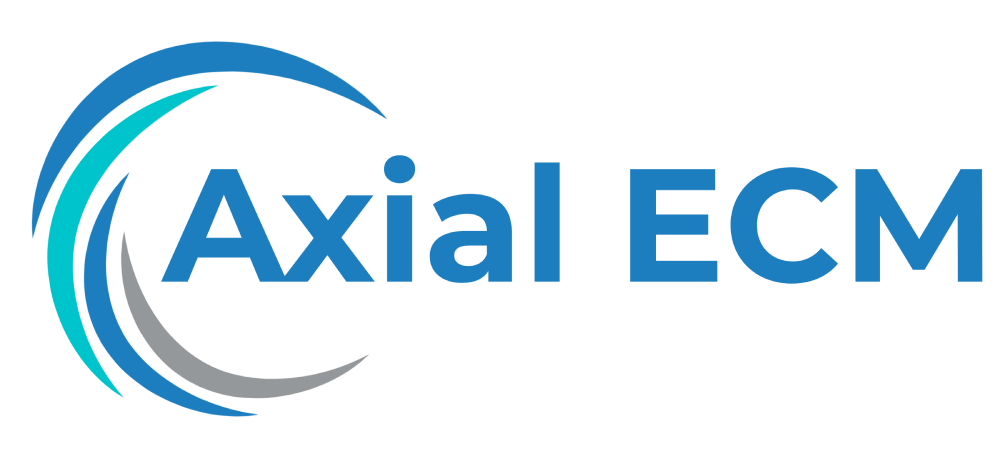Cost Management in ECM: Understanding and optimizing the costs associated with ECM solutions.
The Role of Customization in ECM Costs
Cost Management in ECM: Understanding and optimizing the costs associated with ECM solutions.
Introduction
Enterprise Content Management (ECM) systems have become an integral part of business operations. They provide organizations with the ability to manage and organize their documents, facilitate collaboration, and streamline processes. However, like any technology investment, ECM solutions come with costs.
The Cost of ECM Solutions
ECM solutions typically involve several components, each of which contributes to the overall cost. These components include:
- Software licenses
- Implementation and deployment
- Hardware requirements
- Training and support
- Customization
While all of these components are important, customization plays a significant role in determining the cost of an ECM solution.
Why is Customization Necessary?
Every organization has unique requirements and processes that need to be addressed by their ECM system. Standard out-of-the-box solutions might not be able to meet these specific needs, and that’s where customization comes into play.
Customization involves tailoring the ECM solution to align with an organization’s specific workflows, business rules, and integration requirements. This can include changes to the user interface, adding new features or functionalities, and integrating with other systems.
The Cost of Customization
Customization can significantly impact the overall cost of an ECM solution. While the initial upfront cost of customization might seem high, it can provide long-term benefits and cost savings.
1. Development and Implementation
The process of customizing an ECM solution involves development and implementation activities. This includes analyzing business requirements, designing the customized features, coding, and testing. These activities require resources, which increases the cost.
2. Training and Support
Customization often requires additional training and support for end-users. They need to be familiar with the customized features and functionalities to effectively use the ECM system. This additional training and support can increase the ongoing costs associated with the solution.
3. Maintenance and Upgrades
As ECM solutions evolve and get upgraded, the customized features might need to be modified to ensure compatibility. This ongoing maintenance and upgrading can result in additional costs.
The Benefits of Customization
While customization can increase the cost of an ECM solution, it also offers several benefits:
1. Improved Efficiency
Customization allows organizations to streamline their processes and tailor the solution to fit their unique requirements. This can lead to greater efficiency and productivity.
2. Better User Adoption
By customizing the interface and functionalities, organizations can make the ECM system more intuitive and user-friendly. This increases user adoption and reduces resistance to change.
3. Integration with Existing Systems
Customization enables seamless integration with other systems, such as customer relationship management (CRM) or enterprise resource planning (ERP) systems. This integration allows for a more comprehensive view of information and improved data sharing.
4. Competitive Advantage
Customized ECM solutions can provide organizations with a competitive advantage by enabling them to differentiate their offerings and meet unique customer demands.
Conclusion
While customization can add to the cost of an ECM solution, it is essential for organizations to meet their unique requirements. By carefully evaluating and prioritizing customization needs, organizations can strike a balance between cost and functionality. Customization can offer long-term benefits and a strong return on investment, making it a crucial aspect of ECM cost management.
